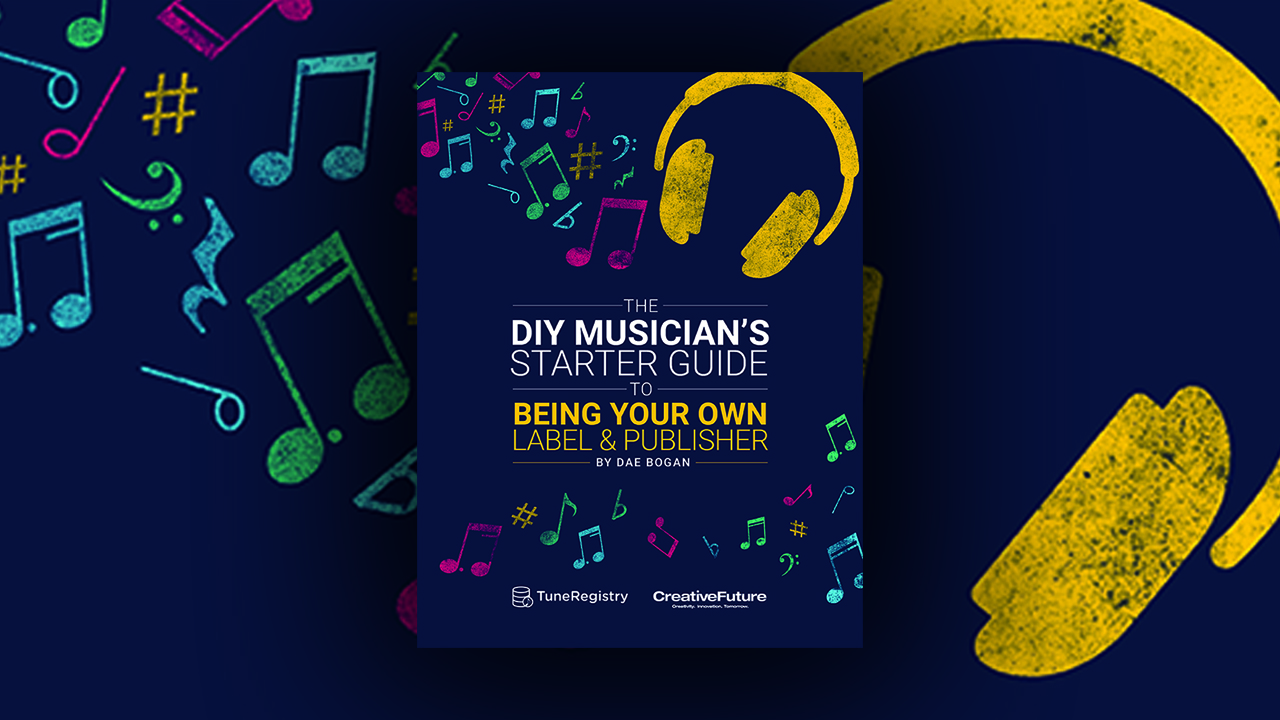Archive | September 2016

Dae Bogan To Moderate Panel On Music Rights And Micropayment Systems At UCLA Center For Music Innovation’s Music 2020 Day Event

Live in/near Los Angeles? Consider attending the UCLA Center for Music Innovation Music 2020 Day at Digital Hollywood on Oct 20th at Skirball Cultural Center.
I will be moderating the panel “Infrastructure: Building New Pipes, New Rights, and New Micropayment Systems”
Panel Description:
Many companies and innovators are working hard to redo the plumbing in a streaming-driven world. This panel will discuss not only the current efforts and politics, but also where the pressures and frictions are building up that may create new avenues for growth and challenges for artists — and where the money might be made in transforming more than the consumer-facing sides of the music industry.
Moderator: Dae Bogan, Co-Founder and CEO, TuneRegistry
Panelists:
Les Borsai, Co-Founder and President, Songlily
Jeff King, COO, SOCAN Music
Jesse Feister, Director, Client Technology Solutions, Kobalt Music
Michael Shanley, VP, IT Business Development, Music Reports
Dae Bogan To Speak On Content Marketing Panel At FestForums Santa Barbara 2016

Live in/near Santa Barbara? If so, consider attending FestForums Santa Barbara 2016 in mid November 2016.
I will be speaking on a panel titled “Content Marketing: Why Festivals Have A Leg Up“
Panel Description:
Festivals are in the business of creating valuable experiences and the goal for brands is to use these experiences to connect with their customers. With so much digital content being created, brands are able to connect more intimately than ever, even when consumers are far away from the festival. Let’s explore the brands, the experiences, and how we can use them to the benefit of festivals, sponsors and consumers.
Festivals are in the business of creating valuable experiences and the goal for brands is to use these experiences to connect with their customers. With so much digital content being created, brands are able to connect more intimately than ever, even when consumers are far away from the festival. Let’s explore the brands, the experiences, and how we can use them to the benefit of festivals, sponsors and consumers.
Moderator: Stuart McNaught, FestForums
Panelists:
Raymond Roker, Goldenvoice
Brian Rucker, Pandora
Dae Music, TuneRegistry
Curt Mosel, ArtsQuest
Jesse Lawrence, Ticket IQ
Complete details and schedule at www.festforums.com
[VIDEO] Watch How TuneRegistry Can Help Indie Music Creators Protect Music & Unlock Royalties

Are you an indie artist looking to unlock additional income streams from your music?
Are you a band confused about what rights each member owns and how to protect them?
Are you a manager looking to save time and streamline reoccurring music industry administration tasks?
Are you an indie label or publisher looking for a better way to organize your company’s catalog in a collaborative space?
TuneRegistry is a next generation music management platform that enables creators and rights-holders to streamline the administration of their music catalogs.
Check out this tutorial reel to see how TuneRegistry can help you.
Learn more at www.tuneregistry.com.
20 Different Ways to Release an Album: From Beyonce to Frank Ocean to U2 & Beyond

Having trouble developing a release strategy for your new album? Check out the release strategy of 20 different albums on this article “20 Different Ways to Release an Album: From Beyonce to Frank Ocean to U2 & Beyond” on Billboard: http://www.billboard.com/biz/articles/news/digital-and-mobile/7495436/20-different-ways-to-release-an-album-from-beyonce-to
Also, check out my article “10 Steps to Building a Single Release Campaign” on CD Baby DIY Musician’s Blog: 10 steps to building a single release campaign: https://www.indieonthemove.com/blog/2013/11/10-ways-to-raise-funds-for-your-next-music-project-without-selling-a-single-record
Also, check out my article “10 Ways To Raise Funds For Your Next Music Project (Without Selling A Single Record)” on Indie on the Move website: https://www.indieonthemove.com/blog/2013/11/10-ways-to-raise-funds-for-your-next-music-project-without-selling-a-single-record
And always remember to REGISTER BEFORE YOU RELEASE with TuneRegistry.







